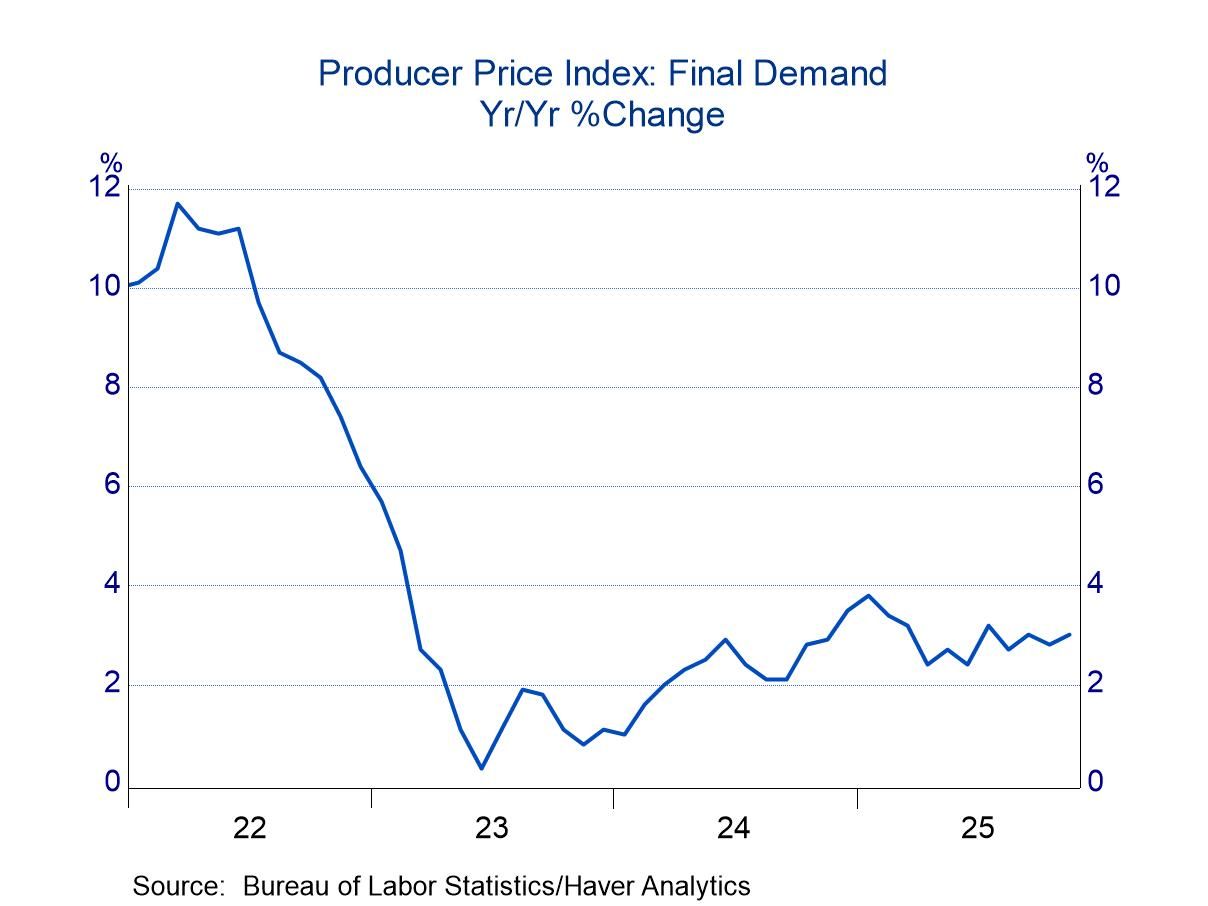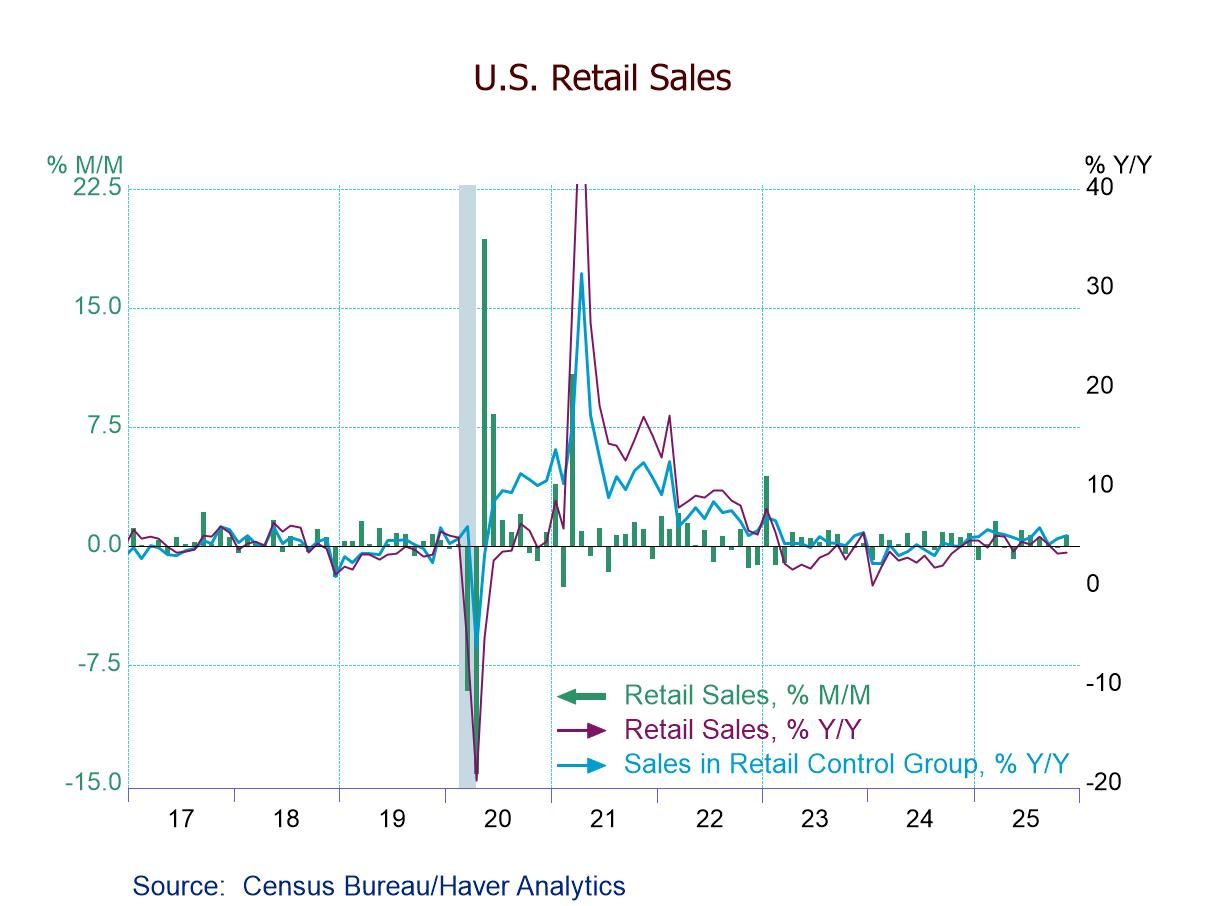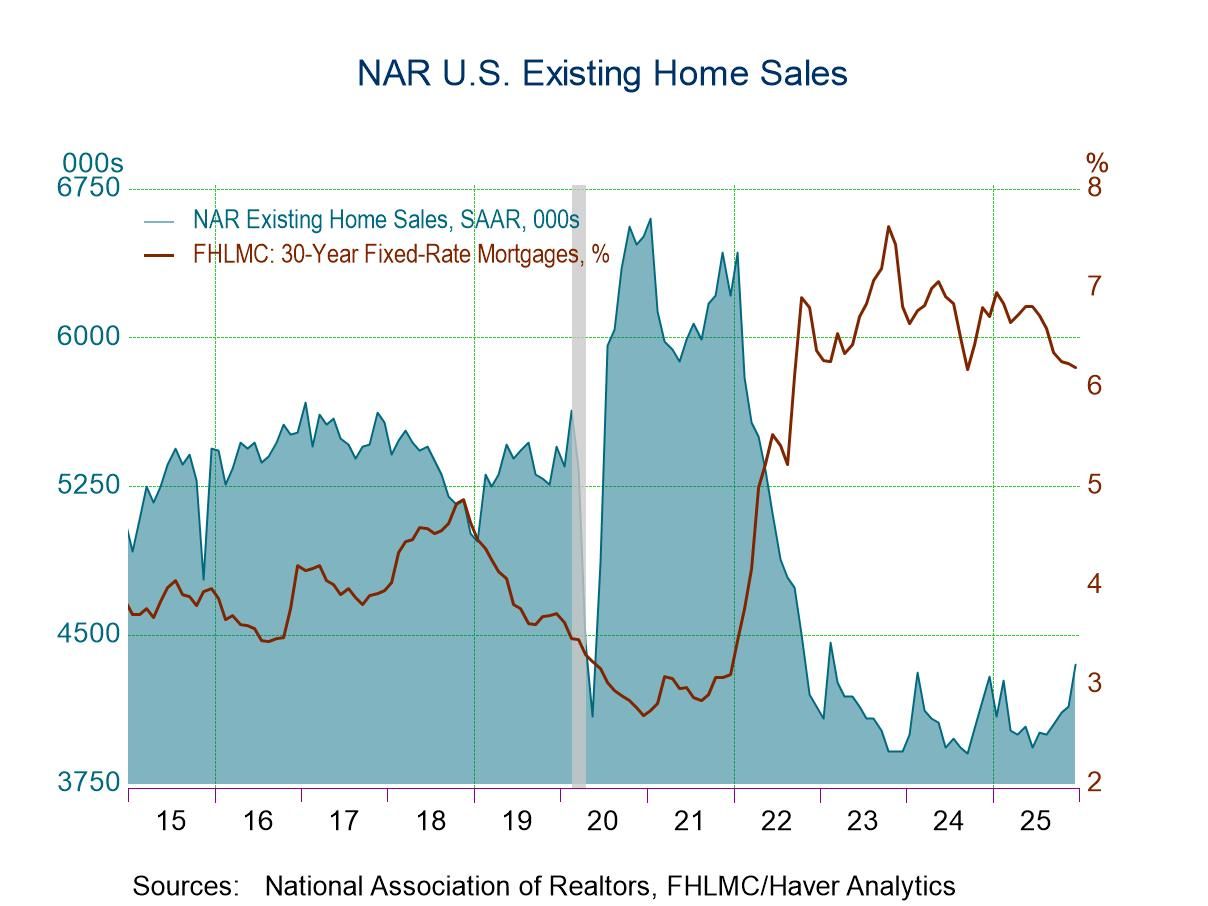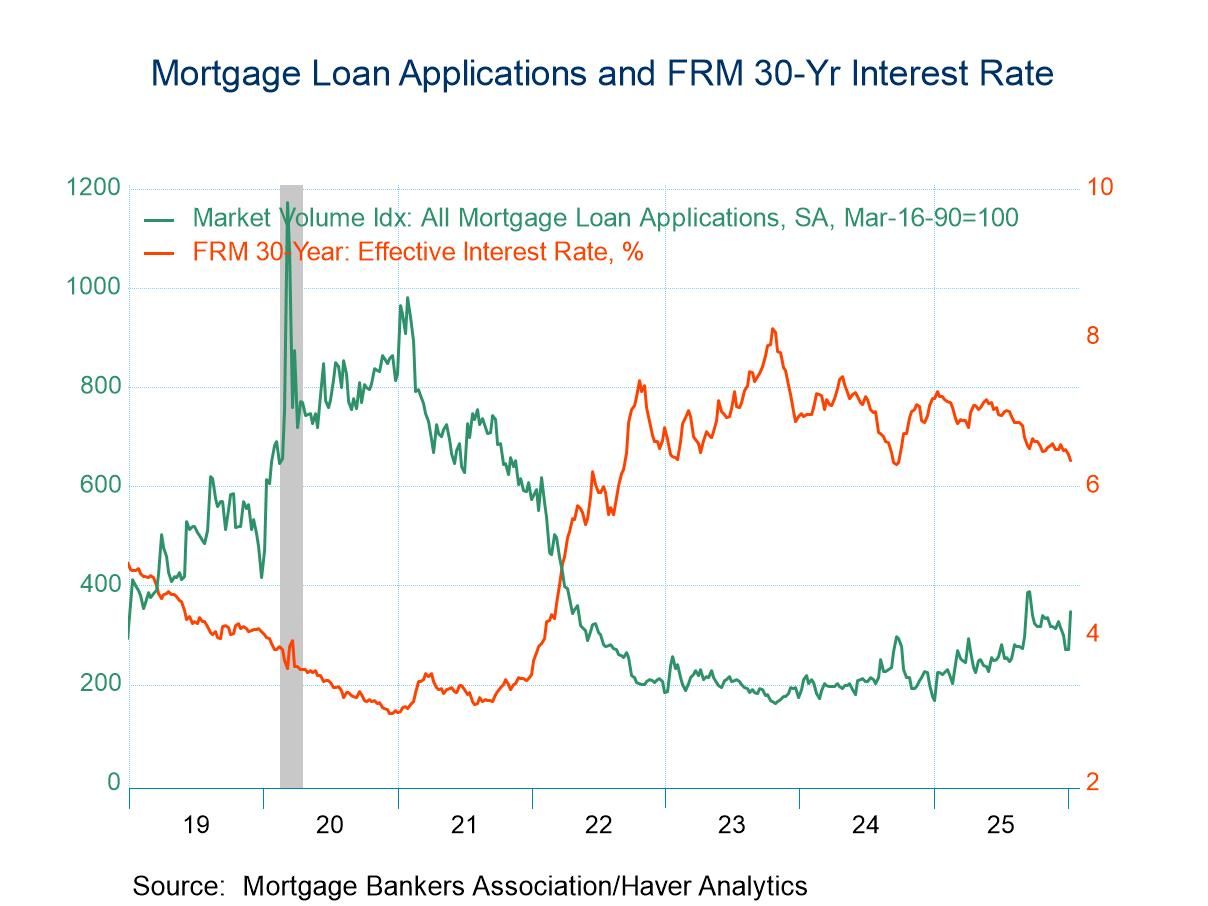U.S. Jobless Claims Increase Just 1,000 in December 2 Week
Summary
- Small increase in initial claims very close to expected amount.
- Continuing claims come back down after prior week’s jump.
- Insured unemployment rate eases back to 1.2%.


Initial claims for unemployment insurance rose just 1,000 in the week ended December 2 to 220,000, seasonally adjusted, from 219,000 the week before; that earlier amount was revised marginally from 218,000 reported last week. The Action Economics Forecast Survey had expected 222,000 in the December 2 week. The latest four-week moving average of initial claims was 220,750, up 500 from the prior week’s 220,250.
Insured unemployment, also known as “continued weeks claimed” or “continuing claims,” was 1.861 million in the week ended November 25, down from 1.925 million in the November 18 week; that earlier week was revised modestly from 1.927 million reported previously. The latest amount thus shows a reduction from the prior week’s two-year high.
The reduction in continued weeks claimed produced a reduction in the insured unemployment rate, carrying it back to 1.2% of covered employment from the prior week’s 1.3%. That is the number of continued weeks claimed as a percentage of covered employment.
The insured unemployment rates vary widely across states and territories. In the week ended November 18, the highest rates were in New Jersey (2.10%), Alaska (2.02%), California (1.82%), Puerto Rico (1.71%) and Hawaii (1.68%). The lowest rates were in South Dakota (0.24%), Virginia and Kansas (both 0.31%), Florida (0.33%). North Carolina (0.40%) and Tennessee (0.41%). Rates in other large states include Ohio (0.73%), Texas (0.98%), Illinois (1.35%), Pennsylvania (1.47%) and New York (1.61%). These state data are not seasonally adjusted.
Data on weekly unemployment claims go back to 1967 and are contained in Haver’s WEEKLY database; they are summarized monthly in USECON. Data for individual states are in REGIONW back to December 1986. The expectations figure is from the Action Economics Forecast Survey, in the AS1REPNA database.


Carol Stone, CBE
AuthorMore in Author Profile »Carol Stone, CBE came to Haver Analytics in 2003 following more than 35 years as a financial market economist at major Wall Street financial institutions, most especially Merrill Lynch and Nomura Securities. She had broad experience in analysis and forecasting of flow-of-funds accounts, the federal budget and Federal Reserve operations. At Nomura Securities, among other duties, she developed various indicator forecasting tools and edited a daily global publication produced in London and New York for readers in Tokyo. At Haver Analytics, Carol was a member of the Research Department, aiding database managers with research and documentation efforts, as well as posting commentary on select economic reports. In addition, she conducted Ways-of-the-World, a blog on economic issues for an Episcopal-Church-affiliated website, The Geranium Farm. During her career, Carol served as an officer of the Money Marketeers and the Downtown Economists Club. She had a PhD from NYU's Stern School of Business. She lived in Brooklyn, New York, and had a weekend home on Long Island.





